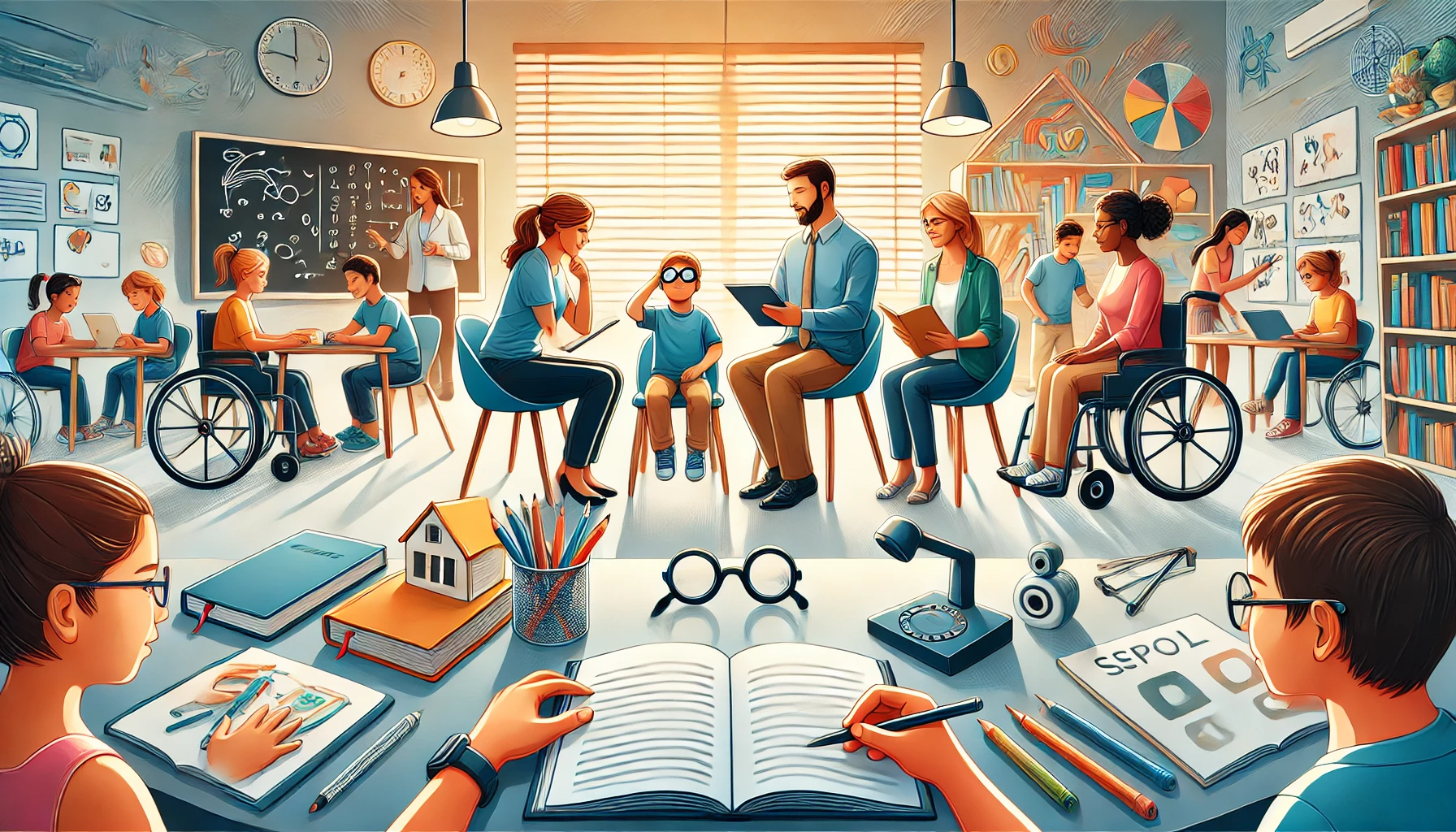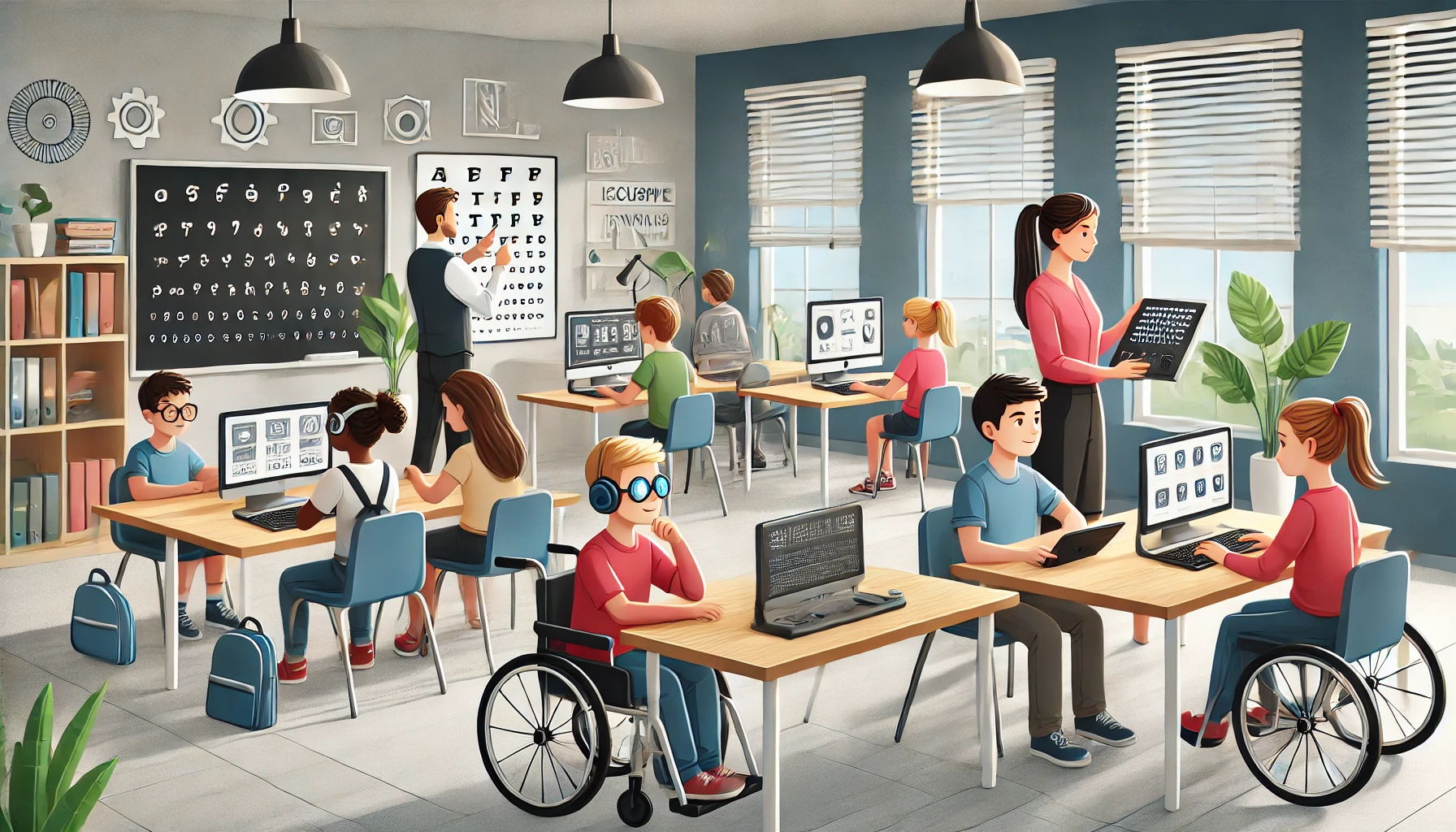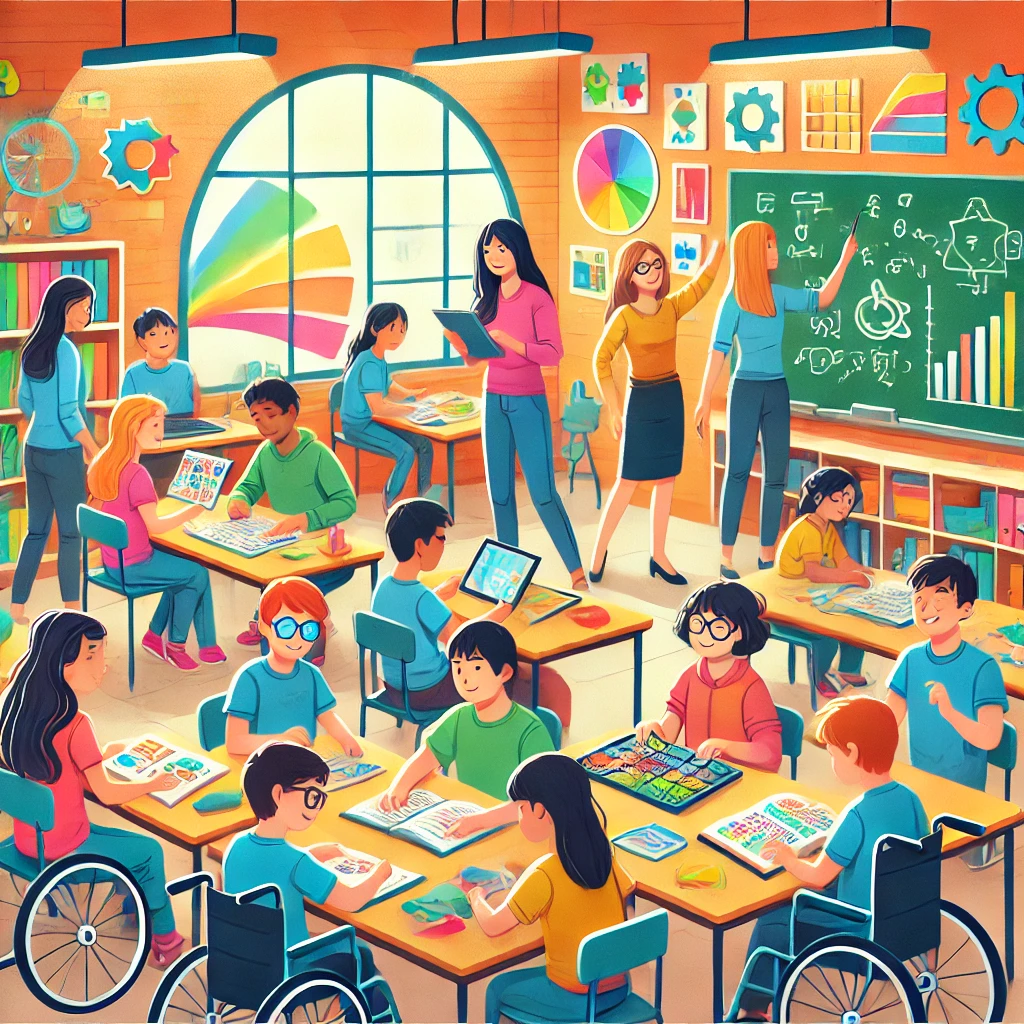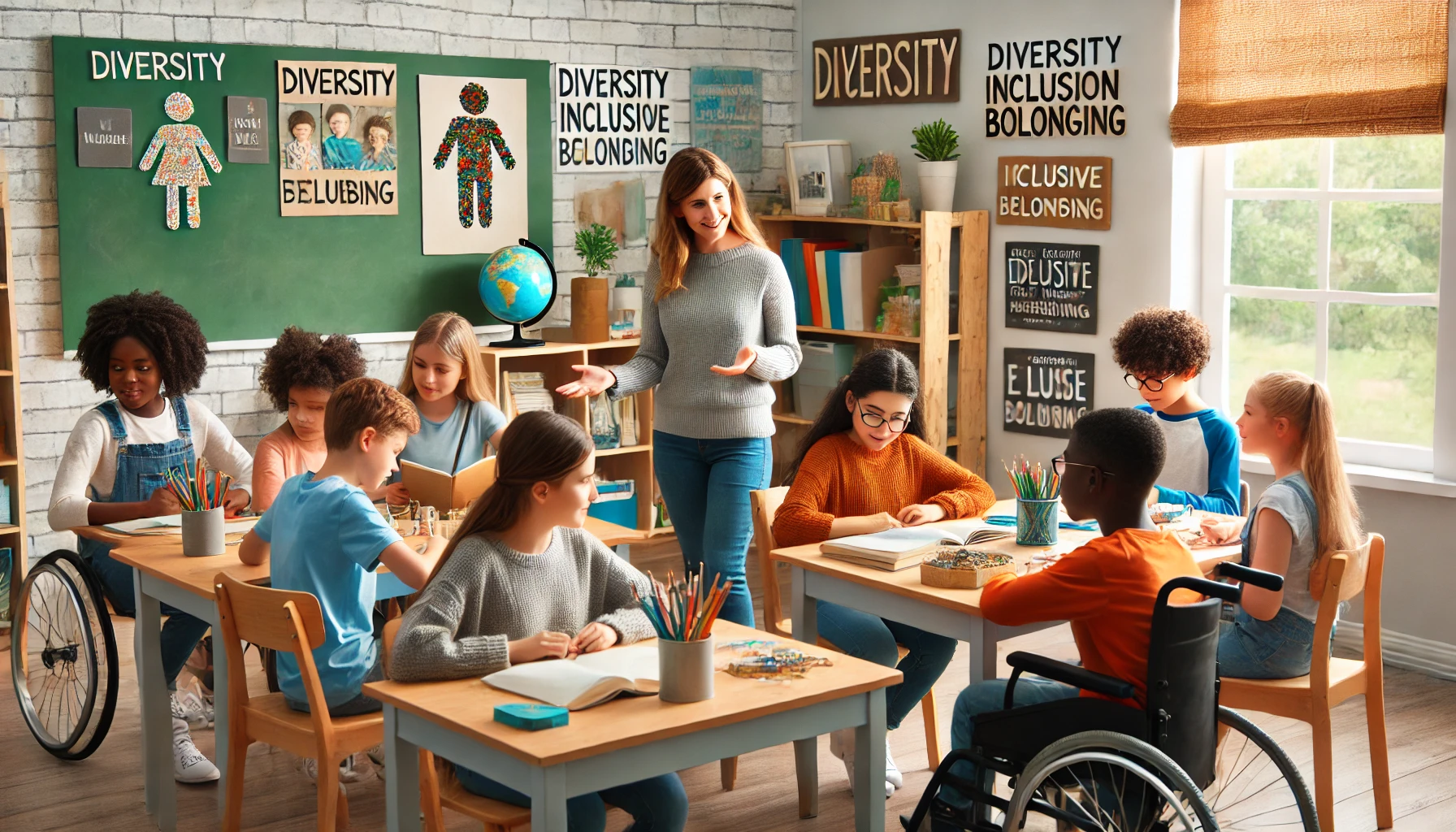Understanding Inclusive Education
Education’s got a big heart, and inclusive education is at its core, making sure every kid, no matter their hustle or hurdles, has a seat at the table. The main idea? Letting students who face challenges learn alongside those who don’t, all in a regular classroom. It’s not just shoving everyone into one room and calling it a day. It’s about creating spaces where every kid can feel supported, learn, and grow.
Definition and Purpose
Inclusive education is all about leveling the playing field, making sure every kid gets a shot at a solid education. The game plan is to weave classrooms that buzz with diversity, fairness, and respect. So it’s not just about being in the same space; it’s ensuring everyone’s in on the learning action, making friends, and acing their studies.
Benefits of Inclusion
Inclusivity vibes well with the Universal Design for Learning (UDL), a game-changer that crafts classroom setups to meet all kinds of learning styles. Remember Howard Gardner’s Multiple Intelligences? It’s like that – acknowledging that each student grooves to their own beat in how they learn and process stuff.
Loads of research gives a big thumbs-up to the perks of inclusion for both kids with challenges and their buddies without. Instead of pulling students out for special sessions, why not bring those super-smart special ed teachers into the regular classroom mix? That teamwork vibe means swapping resources and ideas, boosting everyone’s learning game. According to insights from folks at the University of San Diego, it’s a win-win (University of San Diego).
Schools pulling in parents and fine-tuning the teaching game plan for each kid see some sweet results too. Take Henderson School; they tweaked things for their students with disabilities, and boom, the whole crew reaped the benefits (Education Week).
The Individuals with Disabilities Education Act (IDEA) is like the north star for ensuring students with special needs get their fair share of time learning with classmates who don’t receive special services. This approach isn’t just about equality in school; it’s about shaping a world where everyone’s got each other’s backs, learning together, and making some real progress towards understanding and equality.
Challenges in Inclusive Education
Inclusive education aims to bring students of all abilities into one learning environment but ain’t always easy-peasy. Teachers, parents, and caregivers of special needs students bump into hurdles that can throw a wrench in making schools welcoming and supportive for everyone. Yet, by spotting these roadblocks and tackling them head-on, an inclusive classroom can become a reality.
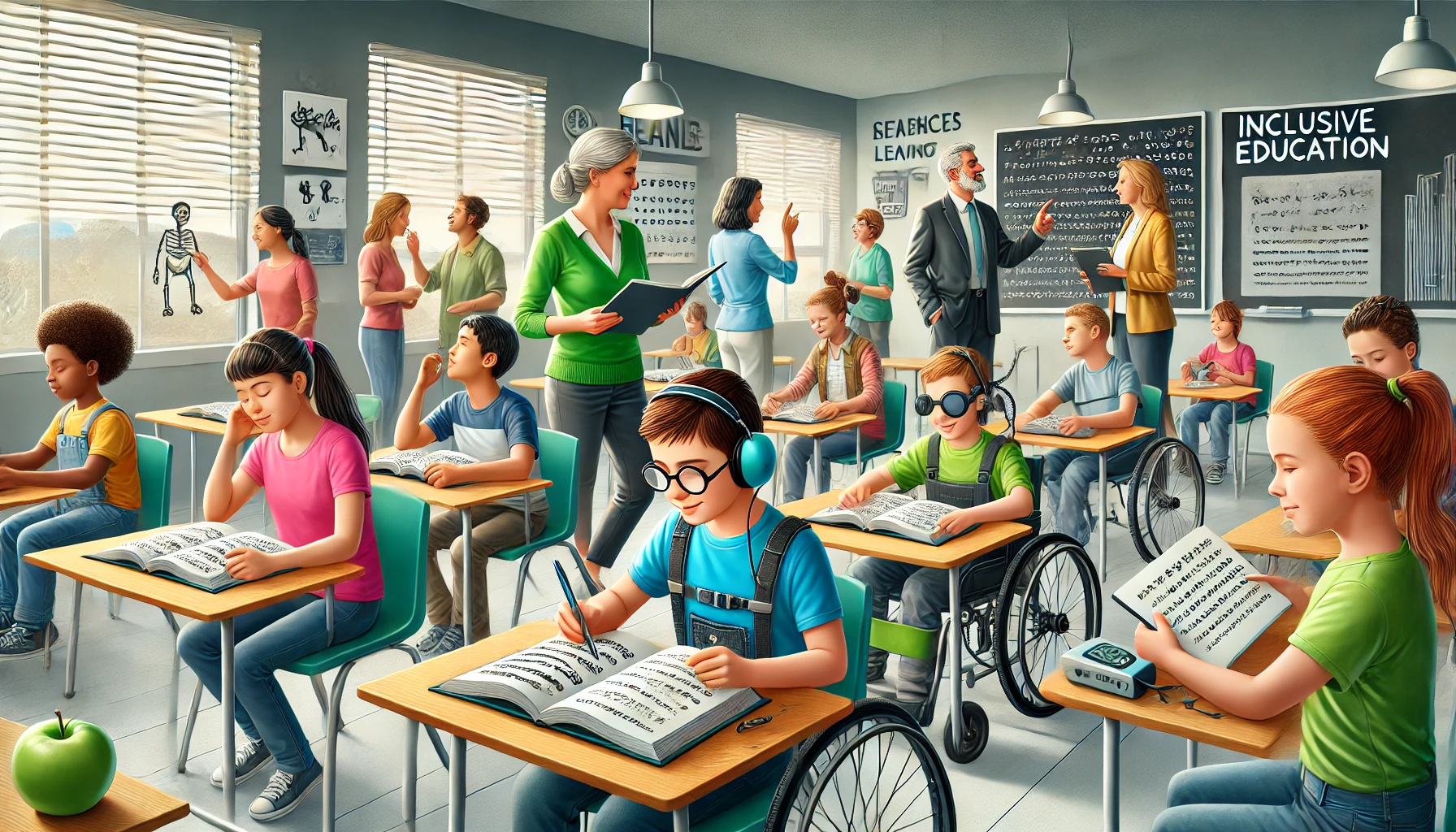
Obstacles to Implementation
- Lack of Accessibility:
- As pointed out by Safe Search Kids, without the right tech tools, it’s tough to build classrooms that support kids with disabilities. If schools can’t get their hands on proper gadgets and gizmos, treating every student with fairness and respect gets dicey.
- Cultural Shifts and Mindset:
- Changing hearts and minds in schools is crucial. A mindset shift, highlighted by Safe Search Kids, can do wonders. Making schools a place where everyone feels at home keeps students engaged and on track.
- Infrastructure and Resources:
- It’s a tall order when schools lack the right stuff, like buildings, gear, and staff trained for special needs. Without these essentials, creating an inclusive setup becomes a bit like trying to bake a cake without an oven.
Overcoming Barriers
- Partnerships for Collaboration:
- Teaming up with parents is a game-changer. According to Education Week, working together under laws like the Individuals with Disabilities Education Act ensures that education plans hit the mark for every student.
- Training and Professional Development:
- Teachers don’t become experts overnight. Regular workshops and training give them the prowess needed to help students who learn differently. This ongoing learning journey makes sure that special needs students get the ace support they deserve.
- Policy and Advocacy:
- Pushing for policies that make inclusivity a priority can knock down walls. When schools and governments set rules that focus on accessibility and support, the way clears for genuine inclusive education. Advocating for these changes means everyone has a shot at the resources they need.
By digging in and working together through collaboration, ongoing learning, advocacy, and an open mindset, folks involved in education can smoothly bring special needs students into the fold, making schools a welcoming place for all.
Impact of Inclusive Education
Inclusive education isn’t just about fitting students with disabilities into typical classrooms. It’s about changing the way they learn, how subjects are taught, and shaping life beyond the school gates.
Academic Achievement
Research after research shows that mixing students with disabilities and their peers boosts everyone’s grades. Made possible by collaboration between special and general education teachers, inclusive classrooms provide a resource-rich environment where everyone’s learning flourishes (University of San Diego).
Social Interaction
When it comes to making friends and learning social skills, inclusive education is where it’s at. It’s where kids learn to respect diversity, understand each other better, and build friendships across different backgrounds. In such a setting, everyone feels like they belong, and they learn to appreciate what makes each of them unique.
Development of Life Skills
Learning isn’t just about hitting the books. Classrooms that are inclusive help all students, especially those with disabilities, develop crucial life skills. Teachers use different strategies like group projects and the Universal Design for Learning (UDL) framework to cater to varied learning styles. This gives every student a chance to shine and pick up essential skills necessary for thriving not just in school, but in life (Understood).
Backed by the Individuals with Disabilities Education Act (IDEA), inclusive education aims to provide the least restrictive settings possible. It champions the idea that students should spend most of their time alongside peers who don’t receive special education (Understood). This philosophy not only enhances learning experiences but also builds confidence and encourages holistic growth, moving us toward a fairer educational system.
Strategies for Successful Inclusion
Inclusion ain’t some mystical unicorn, folks. It’s about making sure every kid, no matter their needs, gets a fair shake in school. With the right kind of teamwork between teachers and a custom-fit approach to teaching, schools can open their doors wide for all students.
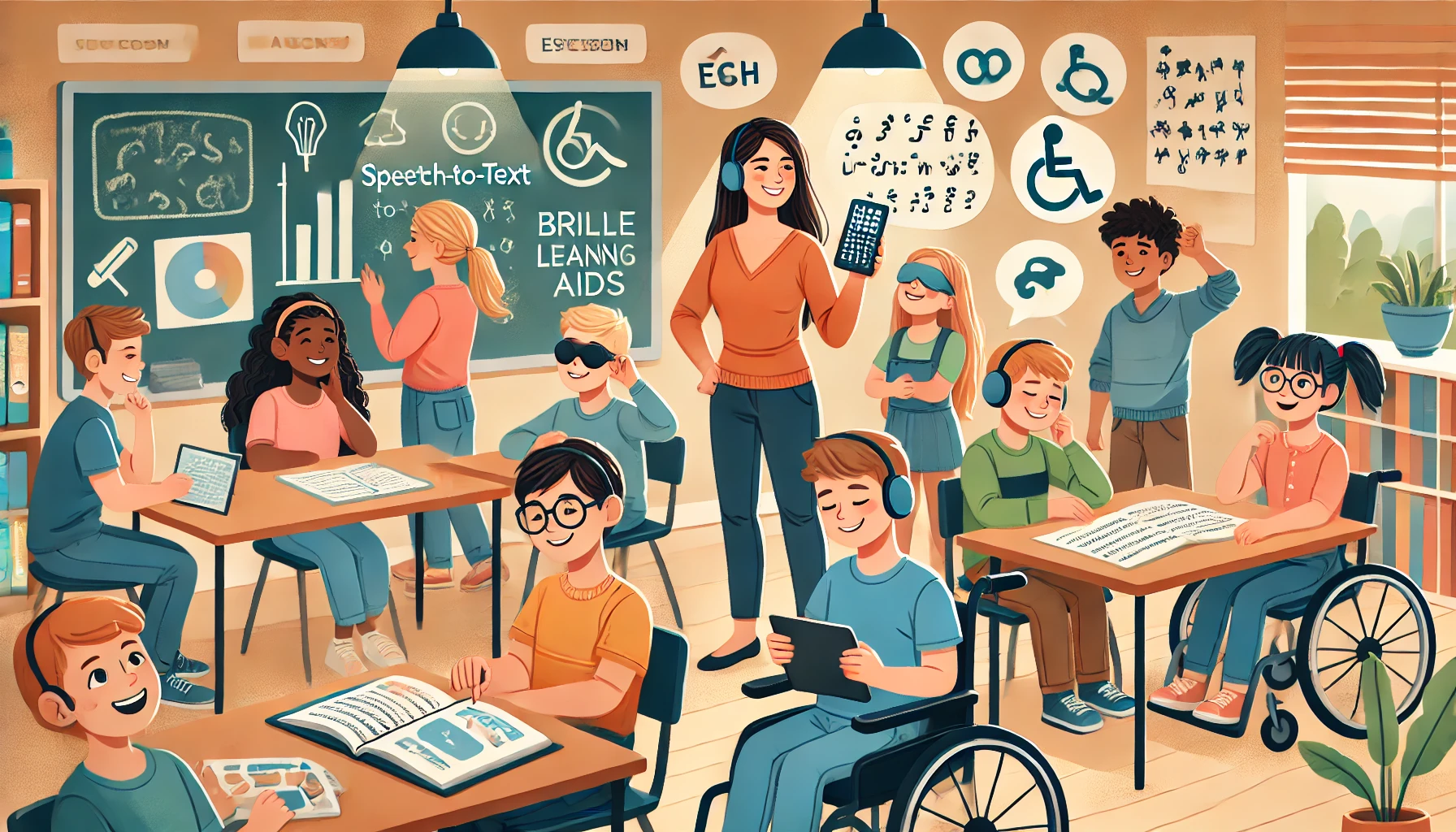
Collaboration Between Educators
You know how it takes a village to raise a kid? Well, it takes a team to teach one, especially when you’re talking about inclusion. Regular and special ed teachers gotta link arms and dive into the trenches together. By pooling their talents, they’re not just ticking boxes; they’re giving every student a fighting chance to shine. The secret sauce here? Teamwork. With teachers tag-teaming like pros, they help special ed students stay in the mainstream classroom jackpot while getting all the support they need to thrive. The whole class ends up benefiting since teachers share ideas and strategies that help everyone learn better.
Tailoring Instruction for Diverse Learners
No two kids learn the same way, just like no two snowflakes are identical (or so they tell us). In an inclusive classroom, it’s all about mixing and matching teaching methods to suit different learning styles and capabilities. Think of it like a chef whipping up a dish that’s just right for every diner at the table. By using different instructional techniques, and leaning on personal favorites like small group work and Universal Design for Learning (UDL), teachers make sure every student feels valued and understood.
Research from Understood shows inclusion isn’t just a nice idea—it actually works. Kids in these settings show up more, read better, and crunch numbers like pros. Plus, they’re more prepared for whatever comes after graduation. And guess what? Their classmates become more open-minded, build confidence, and make friends across all walks of life.
By customizing teaching tactics to address each student’s individual needs, educators create a classroom environment where academic success, social bonds, and life skills flourish. It’s like piloting a ship where everyone gets to navigate their own course, but together.
Creating Inclusive School Environments
Transforming schools into spaces where everyone feels at home is essential today, especially for students with special needs. Teachers, principals, and parents are key players in making sure schools are ready to support and nurture every learner, no matter their needs.
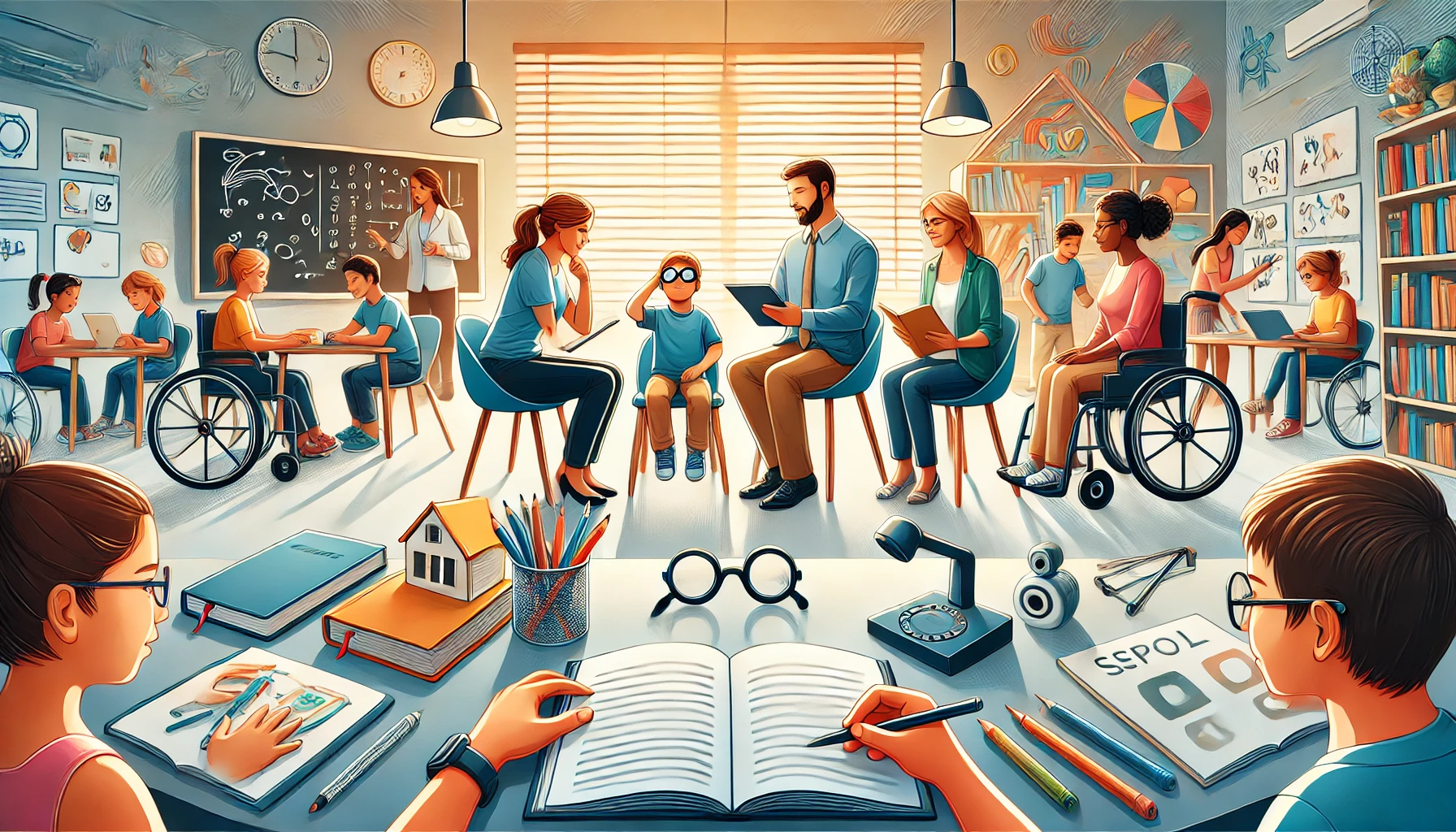
Why Accessibility Matters
Think of accessibility as the golden ticket for students with special needs to fully join in on classroom activities. It’s not just about fancy ramps and elevators, but making sure that digital materials work for those who can’t see or hear well.
Schools need to be ready with ramps, accessible bathrooms, and gadgets that adapt to everyone’s abilities. Providing learning materials in different formats–whether in braille or audio–also opens doors for students who learn in their own unique ways.
By focusing on accessibility, schools aren’t just ticking off a box; they’re showing a real commitment to each student’s success. And when one part of the school becomes more inclusive, everybody gets a better chance to learn and grow together.
Building a Culture of Inclusion
Creating an inclusive school goes beyond the physical setup. It’s about making sure everyone feels respected and supported, no matter where they’re coming from or what makes them unique. This includes fostering an atmosphere of understanding and collaboration between students, educators, and parents.
Teachers play a major role here. They can develop classroom activities that uplift all kinds of diversity, push for teamwork, and underline mutual respect. Bringing in different ideas and stories into lessons helps create a place where all student identities are recognized and celebrated.
Parents, teachers, and community members working hand-in-hand are crucial for a genuinely inclusive culture. Creating education programs that back up students with special needs means schools become places where everyone feels they belong and have the power to succeed.
By championing accessibility and a welcoming culture, schools make spaces where students thrive on all levels. With dedicated teamwork and a love for diversity and equality, inclusive school environments not only benefit students with special needs but enrich life for everyone in the school.
Boosting Support for Special Needs Students
Making sure special needs kids get the most out of their education isn’t just important – it’s essential. With the right teaching methods and team-up efforts, both in schools and at home, students with special needs can really shine academically and personally.
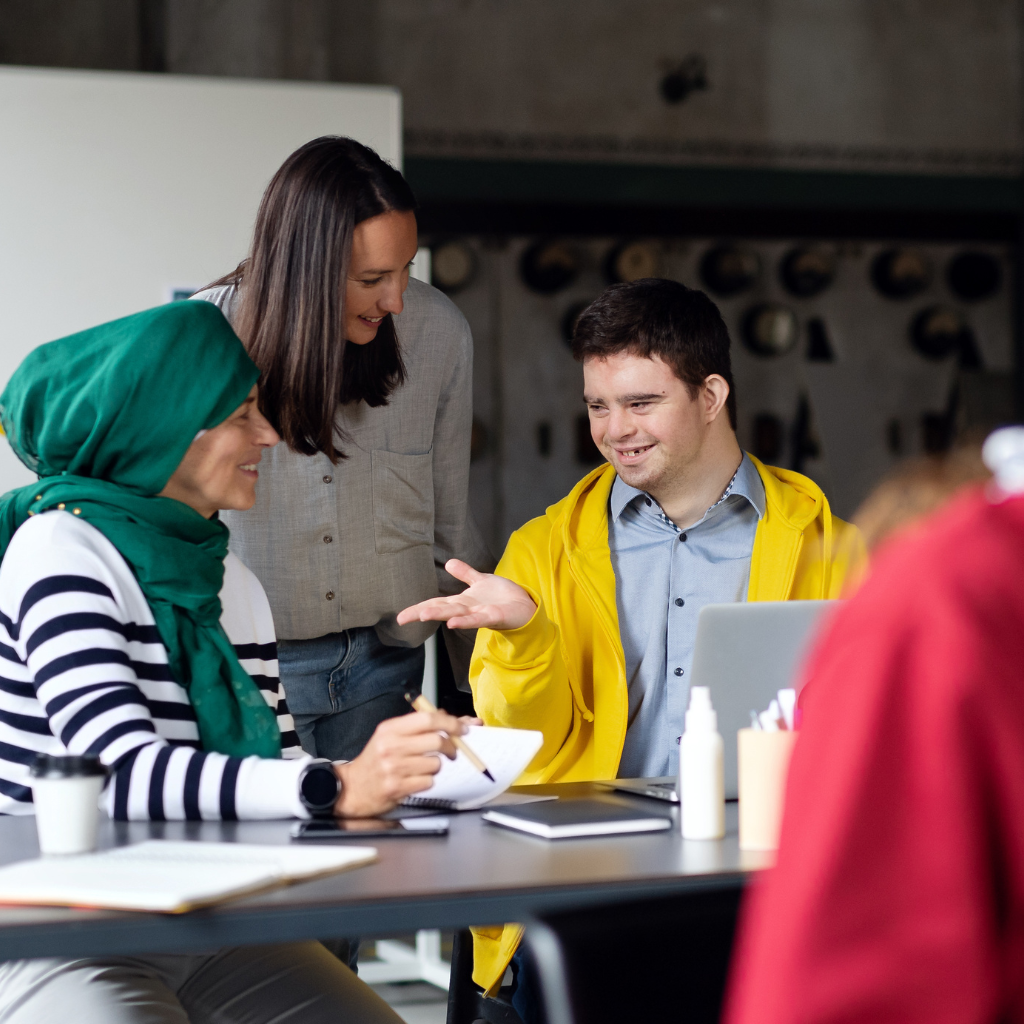
Unique Teaching Techniques
Think of special education like a toolbox stocked with strategies to tackle the hurdles students with learning disabilities often face. These tried-and-true methods help give each student the personalized support they need to make the most of their time in the classroom. According to Positive Action, picking these strategies carefully helps lift up students with all sorts of learning needs.
Teaming Up for Better Support
Parents and schools working hand in hand is no small thing – it’s crucial for the success of students with disabilities. Thanks to the Individuals with Disabilities Education Act, schools and families are encouraged to become a united front in supporting students’ success (Education Week).
When kids’ parents chip in alongside schools to adjust tactics for each student’s needs, the results are usually better for everyone involved. This sense of teamwork not only makes school a friendlier place but also benefits everyone in the mix (Education Week).
And it doesn’t stop there. As Positive Action points out, roping in the broader community to join the effort can create a more welcoming, supportive atmosphere for all students.
By sticking to unique teaching methods and building strong partnerships, schools can give special needs students everything they need to flourish. Putting effort into these personalized approaches and growing tight-knit relationships among all involved parties leads to a community where every student is set up to reach their full potential.

